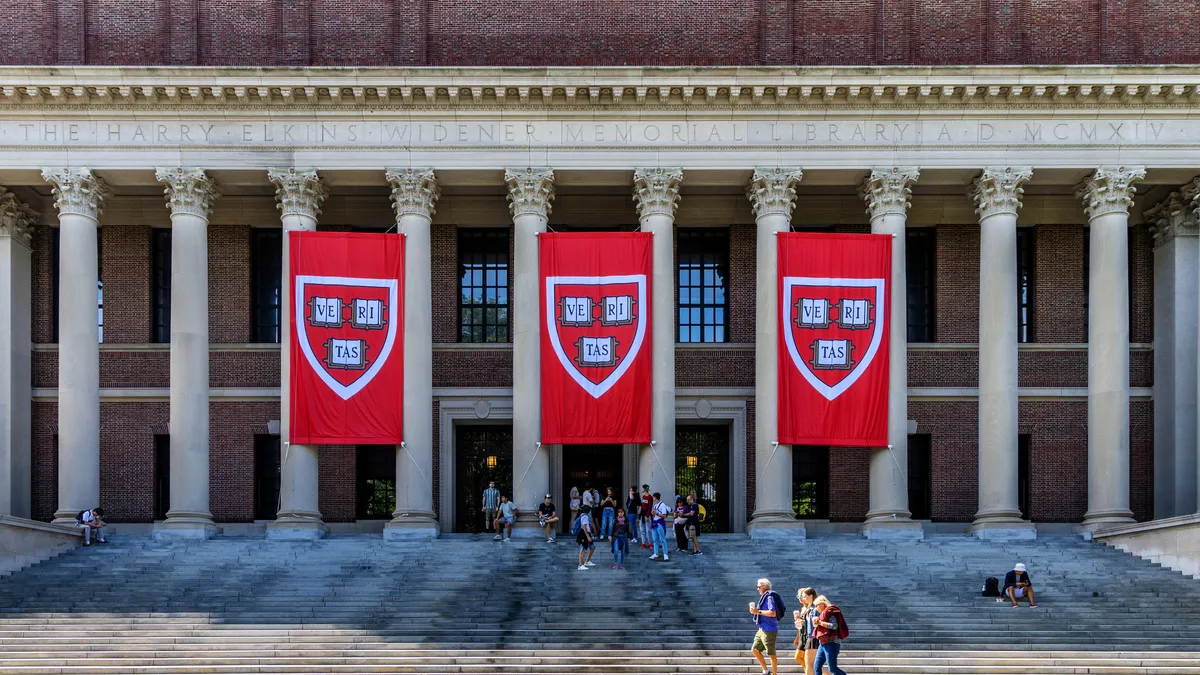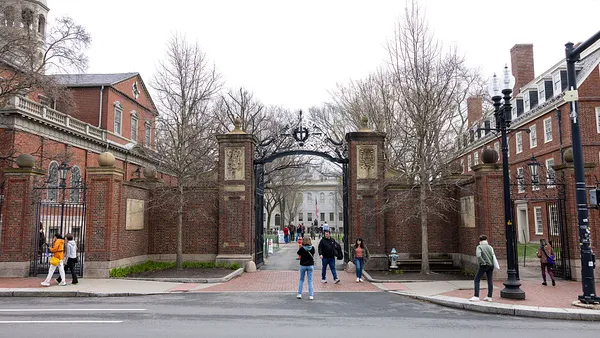The number of part-time faculty on college campuses has increased by 70% over the last 40 years. In the same time period, the number of full-time tenured positions has dropped 26% and full-time positions on the tenure track have gone down by half, according to data from the American Association of University Professors.
The composition of the faculty on college campuses in the United States has fundamentally changed, and it is affecting institutions, students, and faculty members themselves.
Adrianna Kezar is a professor of higher education at the University of Southern California’s Rossier School of Education and co-director and principal investigator of the Pullias Center for Higher Education’s Delphi Project. The Delphi Project has studied the factors contributing to the current makeup of the professoriate, and has lately worked to develop a vision for new models of faculty hiring that improve student success and build support for improving the work lives of non-tenure track faculty.
Kezar cites a range of negative consequences that have followed the shift away from a tenured faculty workforce. There’s the documented negative impact on graduation rates, first-year retention, likelihood of transfer from a two-year to a four-year college, and student grade point averages. Students who take classes from primarily adjunct faculty have a harder time getting letters of recommendation and finding supporters to pitch them to graduate school programs and employers.
Institutionally, the remaining tenure-track faculty have a heavier service load because there are fewer people to do it. Adjuncts are not paid to handle committee work, participate in campus governance, or take on leadership positions in departments. Their compensation does not include support for curriculum development. Adjuncts who teach at multiple schools and drop in for one course don’t connect the dots between their own curriculum and overarching goals of a department or institution.
And Kezar said virtually every campus in the country has at least one program being entirely taught by adjunct instructors who weren’t there just a couple years before. There is no institutional memory for how to run a program under these circumstances, Kezar says.
The AAUP’s "Annual Report on the Economic Status of the Profession, 2015-16: Higher Education at a Crossroads" incorporates, for the first time, data about part-time faculty and graduate teaching assistants, who make up more than half of the academic workforce. The AAUP has been speaking out about the declining tenured workforce in its reports and publications for years.
Samuel Dunietz, an AAUP research and policy analyst, said part of the issue with tenure is that people don’t understand it — perhaps not even administrators on college campuses or faculty members themselves.
“It’s not a job for life,” Dunietz said. “It essentially ensures due process. This year’s report talks about not just why it exists, but why it’s useful.”
The report cites a working paper by Harvard and Stanford researchers that found measurable declines in student performance at public institutions relying more heavily on adjunct faculty.
“Specifically, every 10% increase in part-time faculty positions at public institutions is associated with a 2.65% decline in the institution’s graduation rate, and every 10% increase in full-time non-tenure-track faculty positions is associated with a 2.22% decline,” the AAUP report says.
While the AAUP advocates a return to tenure-track hiring and nothing less, Kezar is more open to alternative models, as long as they include full-time faculty, rather than a reliance on part-timers. Kezar says one under-discussed reason for the shift away from tenure in the first place was a desire for faculty focused exclusively on teaching, rather than splitting time with research.
For tenure to be the best long-term model for modern colleges, it has to be aligned with teaching, Kezar says. More institutions need dedicated teachers than dedicated researchers. Other reasons for the shift, such as financial or enrollment concerns, Kezar finds to be less compelling. Even the wealthiest institutions have increased their reliance on adjunct faculty, choosing to spend their resources elsewhere. And many administrators see this trend continuing.
But The Delphi Project researchers are working to drum up support of for a different path forward. In "The Professoriate Reconsidered," they find more common ground than expected across faculty groups, campus administrators, board members, accreditors, and policymakers. They strongly agree on the need for more full-time faculty, but Kezar believes there isn’t enough pressure on institutions — from boards of trustees and policymakers, especially — to make changes.
As the AAUP suggests, the professoriate is at a crossroads. Which direction it will go is still an open question.
Would you like to see more education news like this in your inbox on a daily basis? Subscribe to our Education Dive email newsletter! You may also want to read Education Dive's look at how colleges are developing holistic supports for student financial wellness.





















